In Da Nang, the La Huong vegetable-growing area—covering more than 7 hectares and involving about 50 households—was hit hard after two days of non-stop downpours. Entire fields were submerged, particularly in low-lying sections, as rising river levels swamped the farmland. Many farmers scrambled to harvest whatever they could, wading through knee-deep water in a desperate effort to salvage partially submerged crops.
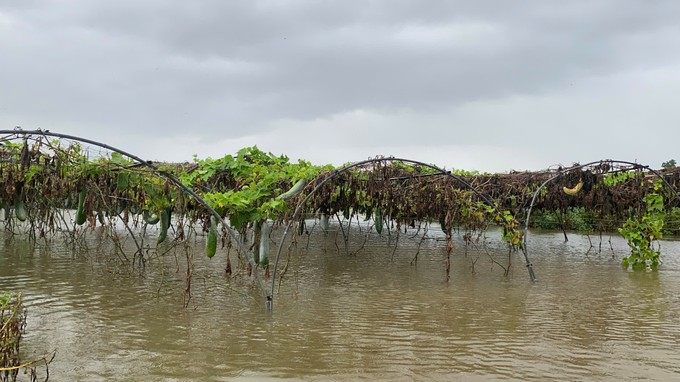
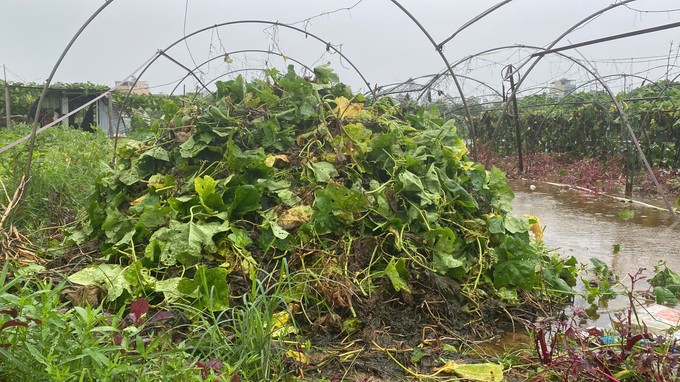 Typhoon Wutip severely impacts farming activities.
Typhoon Wutip severely impacts farming activities.
Residents worked under heavy rain to pull up water spinach, basil, and pennywort from the flooded plots. However, the rapid water rise left most with little to recover. “After months of hard work, the storm came right before harvest time. It’s devastating,” said Phan Thi Chinh, a farmer from Hoa Tho Tay Ward in Cam Le District. “All my sweet potato vines and water spinach are ruined.”
Mr. Truong Van Hoang, Director of the La Huong Safe Vegetable Cooperative, estimated that about 5 hectares of leafy greens and tomatoes have been destroyed. “The situation remains unpredictable as water levels continue to rise. Once the flooding subsides, we’ll assess the damage and coordinate support measures for affected farmers,” he said.
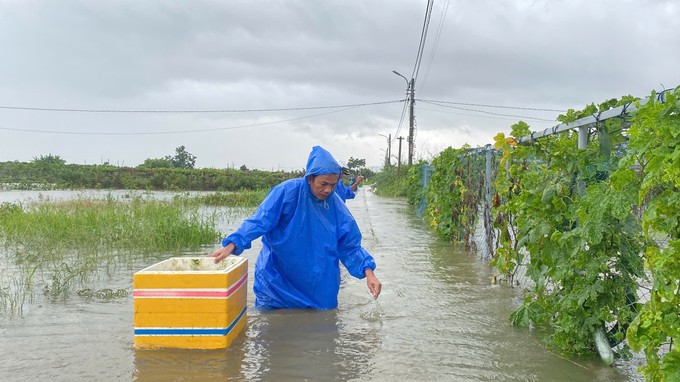

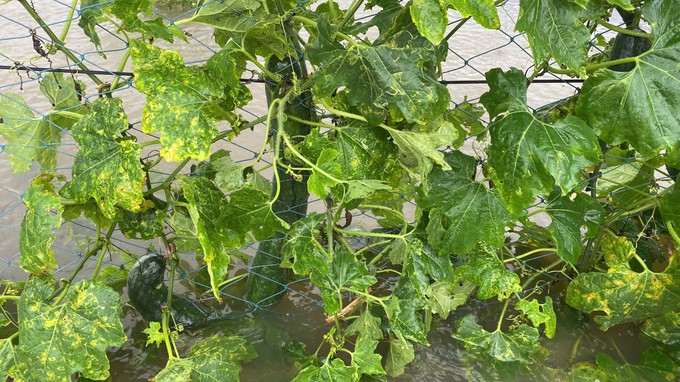
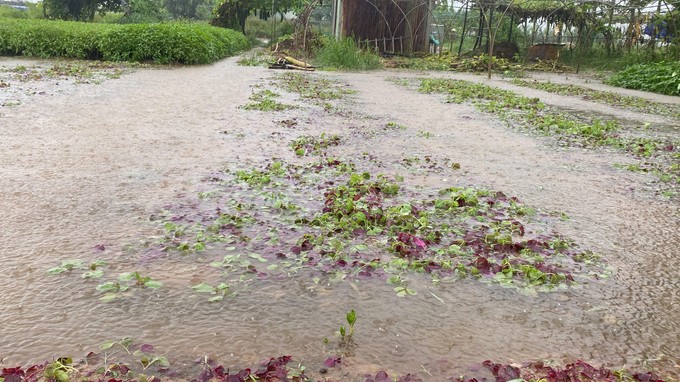
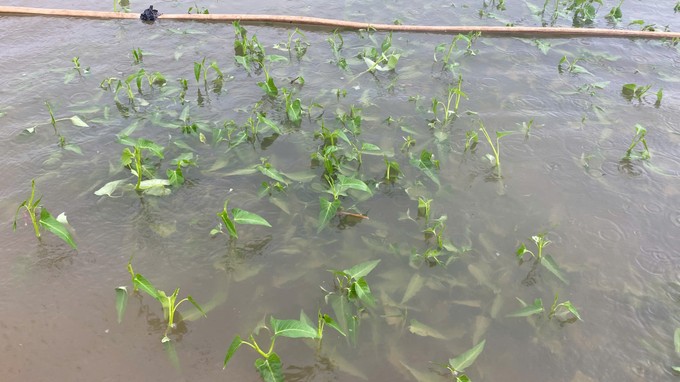
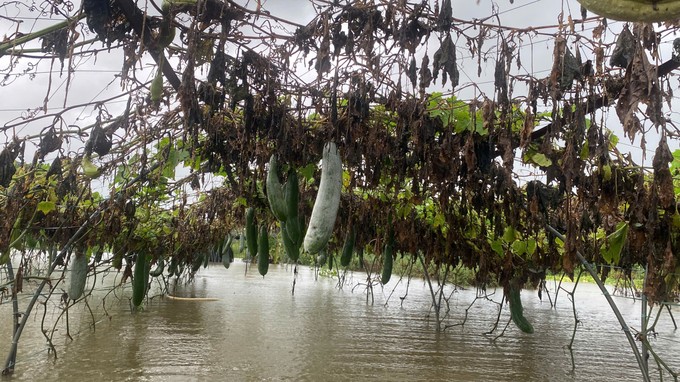 Around 5 hectares of crops are damaged.
Around 5 hectares of crops are damaged.
Elsewhere in Southern Vietnam, Bac Lieu also suffered weather-related damage on June 12. According to the provincial Civil Defense Steering Committee, heavy rain and strong winds damaged a shrimp hatchery and several homes in Nha Mat Ward. Five households in Hiep Thanh and Vinh Trach Dong communes also reported partial roof collapses. Initial estimates place the total damage at VND300 million. Fortunately, no casualties were reported. Local authorities promptly mobilized teams to assess the situation and assist affected families with recovery.
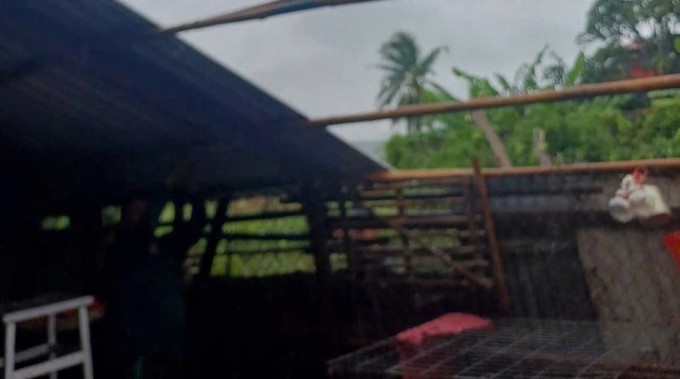 A house in Bac Lieu City (Bac Lieu Province) has its roof blown off.
A house in Bac Lieu City (Bac Lieu Province) has its roof blown off.
In Ca Mau Province, over 4,000 hectares of summer-autumn rice fields in Tran Van Thoi District were submerged. Local irrigation systems along the Tac Thu–Song Doc route and the Western Sea dike were activated, and residents were encouraged to pump water from the fields to prevent further crop loss.